When considering ways to enhance the aesthetics and brand visibility of your semi-trailer, one option stands out: vehicle wrapping. The initial question often arises—how much does it actually cost to wrap a semi-trailer? The answer is multifaceted and depends on a variety of factors. In this article, we will dissect the components that influence the cost, explore the benefits, and provide a robust framework for understanding vehicle wraps.
Understanding Vehicle Wrapping Costs
Vehicle wrapping involves covering the semi-trailer with a vinyl material printed with your desired design. The cost can vary significantly based on different parameters. Here’s a structured look at what affects the price:
| Cost Factor | Description |
|---|---|
| Size of the Trailer | Larger trailers require more material and labor. |
| Design Complexity | Intricate designs or custom graphics increase costs. |
| Material Quality | High-quality vinyl will cost more but provides better durability. |
| Geographic Location | Rates can differ widely depending on local market conditions. |
| Installation Labor Costs | Professional installation may incur additional expenses. |
| Removal of Existing Wrap | If there’s an existing wrap, removal may add to the cost. |
Breakdown of Costs
Size of the Trailer
- Standard Trailers (48-53 feet): Generally, the larger the trailer, the higher the material and labor costs. Expect prices to range from $2,500 to $5,000 for full coverage of a standard semi-trailer.
- Specialty Trailers: Flatbeds, refrigerated, or tankers may face higher costs due to unique wrapping requirements.
Design Complexity
- Basic Color Change: $1,500 – $3,000
- Custom Graphics: $3,000 – $6,000
- Full Custom Mural Designs: $5,000 – $12,000
A tip for optimizing costs is to keep the design simple. Minimalistic designs often translate to lower production costs.
Material Quality
- Standard Quality Vinyl: Generally ranges from $2 to $4 per square foot.
- Premium Quality Vinyl: Prices can go up to $10 per square foot, offering more durability and better weather resistance.
Geographic Location
The cost of living in your area can influence wrap pricing significantly. Urban centers typically have higher costs due to increased demand for specialized services.Installation Labor Costs
Professional installation can range from $500 to $2,000, depending on the complexity of the project and the skill level of the installers.Removal of Existing Wrap
If your trailer already has a wrap, removing it might add costs. Expect to pay $300 to $800 for a professional removal service.
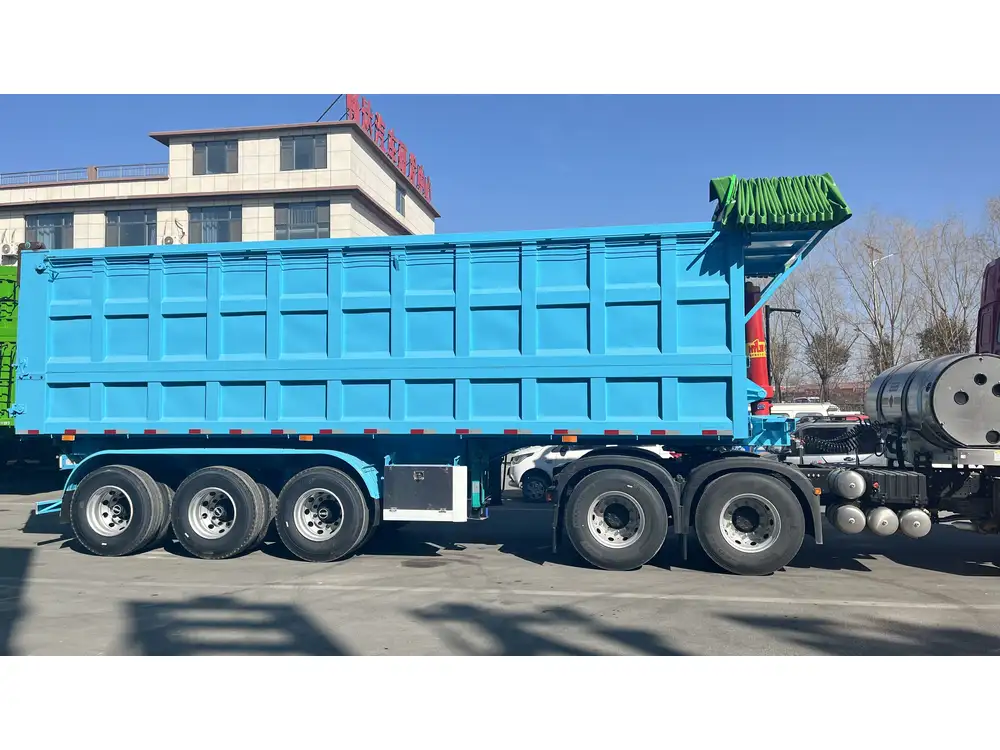
Additional Costs and Considerations
Maintenance and Longevity
The lifespan of a vehicle wrap can vary based on the environment and how well it is maintained. A professionally installed high-quality wrap can last between 5 to 7 years. Regular cleaning and care can extend its lifetime significantly. Factors to consider include:
- Wash Frequency: Regular cleaning can keep the wrap looking new but may incur costs for washing services.
- Environmental Exposure: Trailers operating in extreme conditions (e.g., high UV exposure, dirt, and extreme weather) may experience quicker degradation.
Potential Additional Features
The total cost may also encompass extra features that enhance the wrap’s durability and visual appeal. Here’s a glance at what might be included:
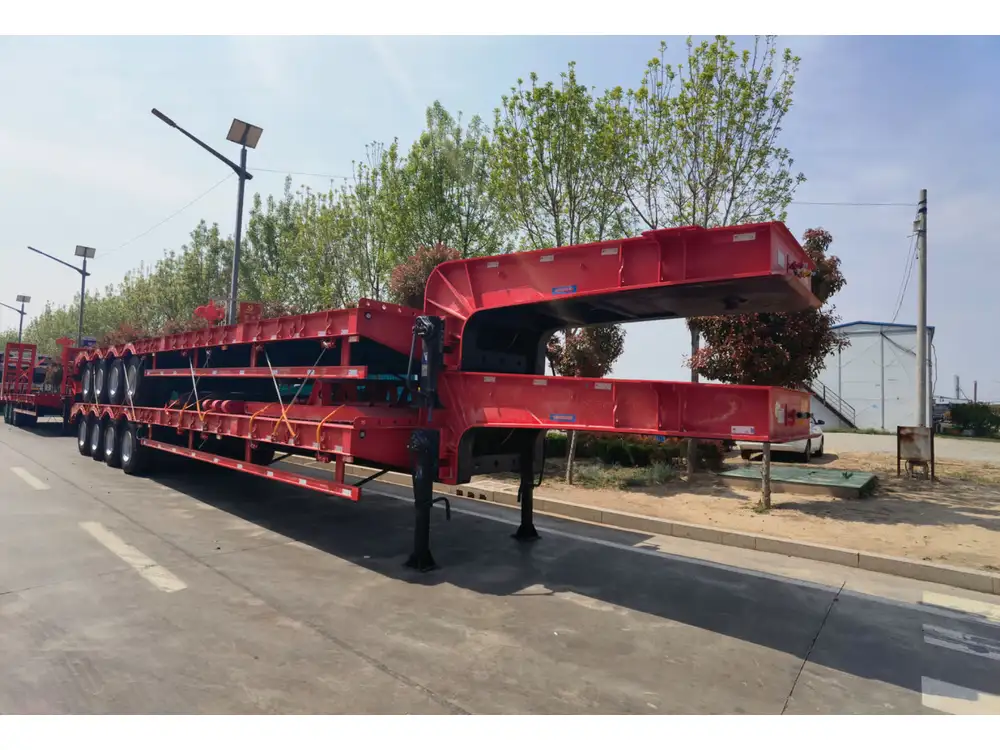
1. Protective Coatings
Adding a laminate coating can protect the wrap from scratches and UV rays, extending its life. The additional cost can range from $300 to $600.
2. Lighting Integration
For trailers that require specialized graphics that integrate with lighting—like LED or reflective materials—additional costs of $1,000 or more might apply.
3. Fleet Discounts
If wrapping multiple trailers, many manufacturers offer discount pricing.
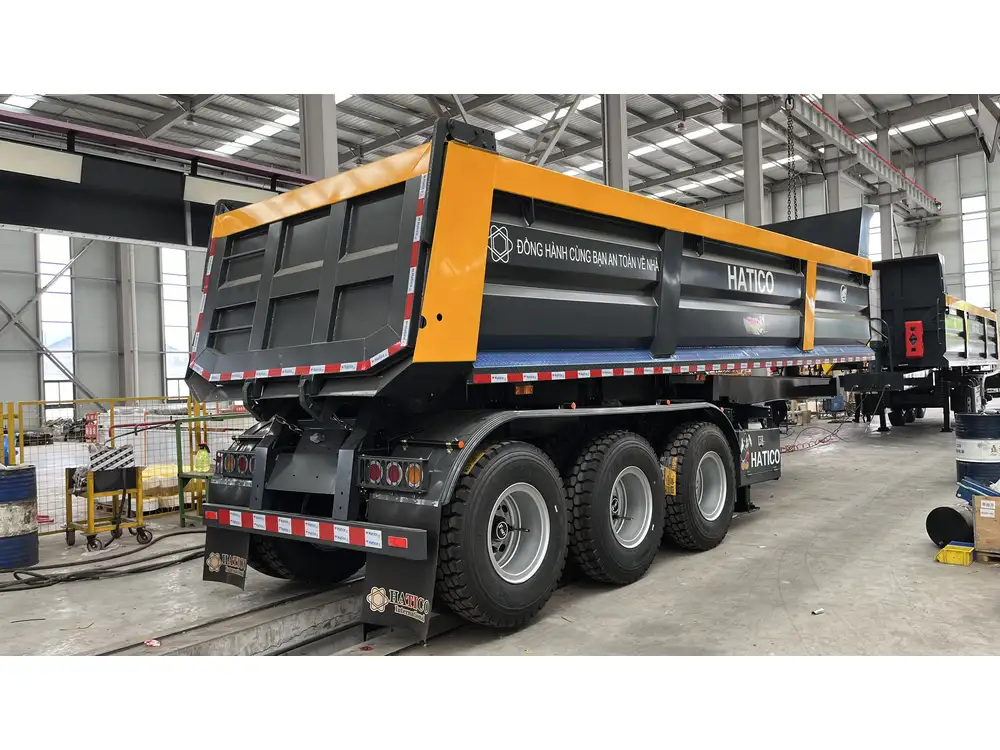
4. Warranty Options
Some installers provide warranty packages that cover issues related to peeling, fading, or bubbling within a certain timeframe.
Benefits of Wrapping Your Semi-Trailer
Understanding the costs associated with wrapping can lead to another crucial consideration: the benefits. Below are several key advantages of investing in a vehicle wrap:
1. Brand Visibility
A well-designed wrap acts as a mobile billboard, increasing your brand’s visibility on the road. This form of advertising can significantly enhance your company’s image and reach.

2. Cost-Effective Advertising
On average, a vehicle wrap can generate 30,000 to 70,000 impressions per day. When calculated on a cost-per-impression basis, it tends to be a more affordable option compared to traditional advertising methods.
3. Protection of Original Paint
Vinyl wraps provide an additional layer of protection against the elements, thereby preserving the underlying paint job from scratches, chips, and the damaging effects of UV rays.
4. Easy Removal
Should you need to change your branding or update your trailer’s appearance, wraps can be removed without damaging the original paint underneath, unlike traditional paint jobs that can lead to costly repairs.
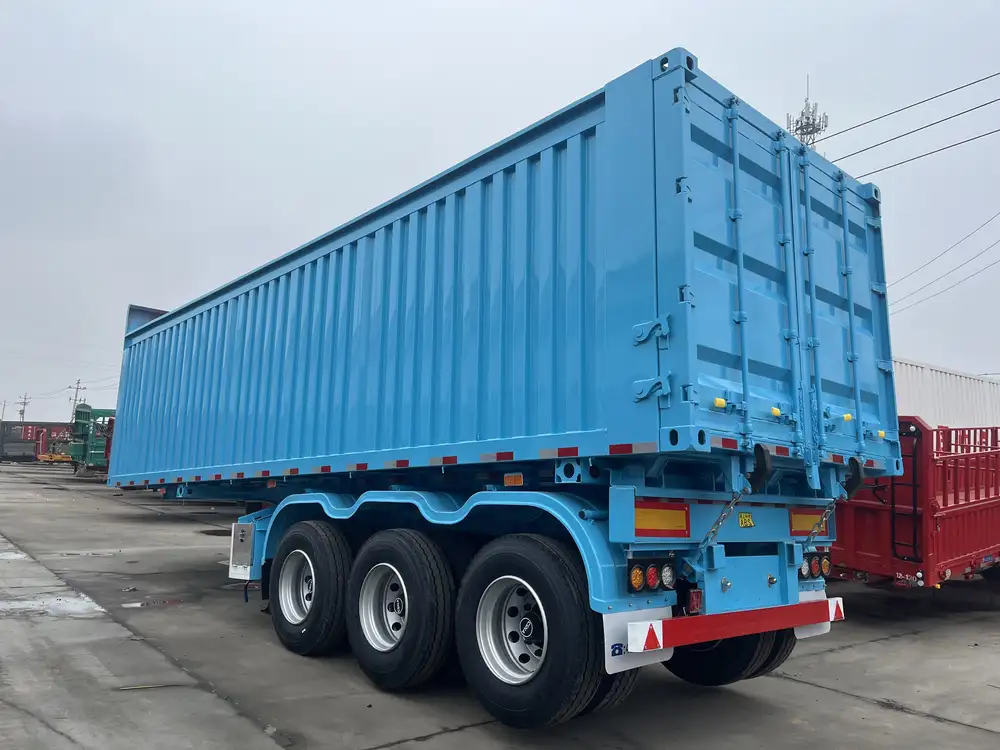
5. Customization Opportunities
With modern printing technology, virtually any design can be realized. This offers a unique opportunity for companies to express their brand identity in a vibrant and eye-catching way.
FAQs: Wrapping a Semi-Trailer
How long does it take to wrap a semi-trailer?
Typically, the installation process can range from a few days to a week, depending on the size and complexity of the design.
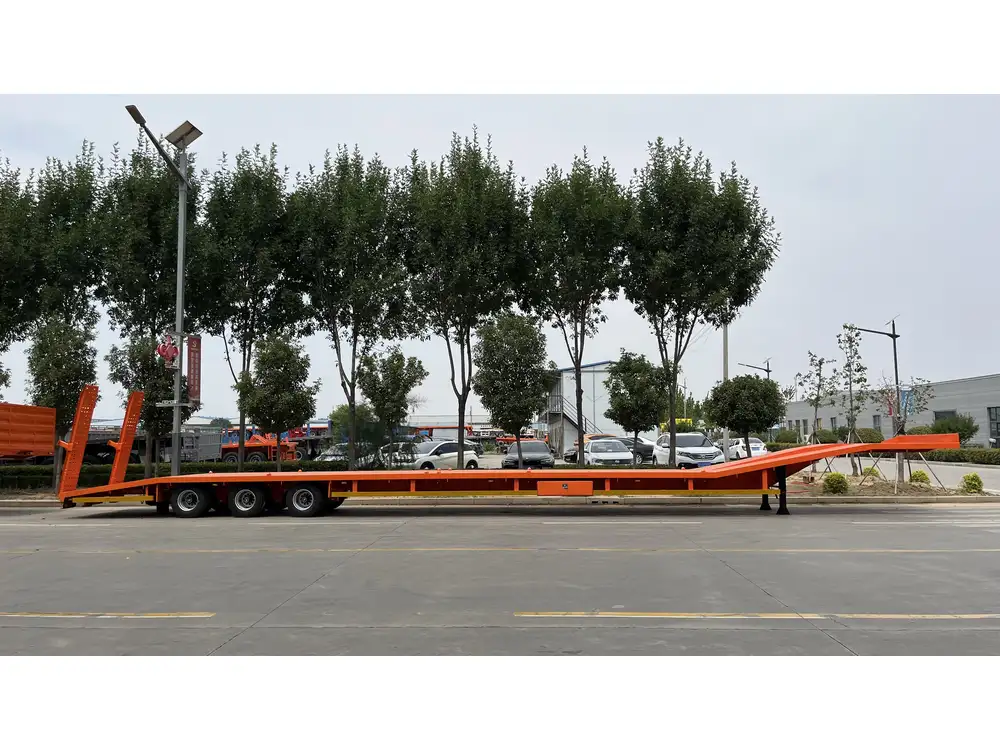
Can I wrap my semi-trailer myself?
While DIY kits are available, professional installation is highly recommended. It ensures better adherence, a cleaner finish, and extended durability.
Will the wrap damage the paint?
If applied and removed correctly, wraps should not damage the paint underneath. However, if the paint is already compromised (e.g., peeling or rusted), issues may arise.
How do I maintain my vehicle wrap?
Regular washing with mild soap and a soft cloth is recommended. Avoid using high-pressure washers or harsh chemicals which can damage the vinyl.
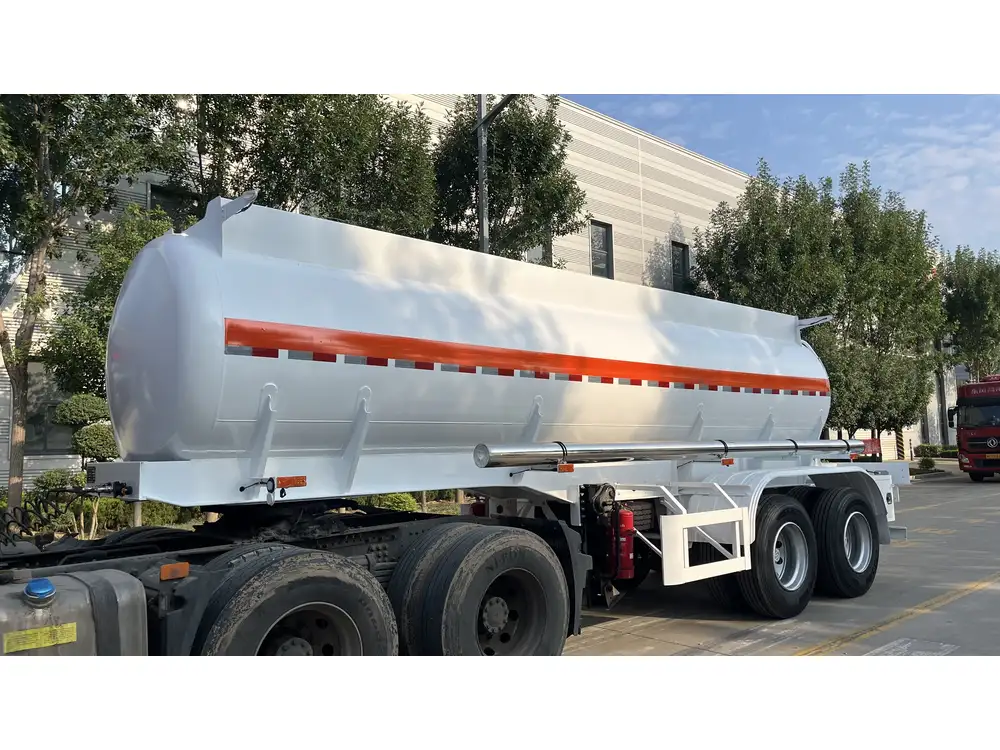
What should I consider when choosing a design?
Prioritize clarity, brand identity, and visuals that are effective at a distance. Simple yet impactful designs work best for vehicle wraps.
Conclusion
Understanding the costs associated with wrapping a semi-trailer is paramount in making an informed decision. By analyzing variables such as trailer size, design complexity, material quality, and installation costs, we can formulate a comprehensive picture of what to expect financially. Beyond just cost considerations, the benefits of vehicle wrapping—enhanced brand visibility, cost-effective advertising, and vehicle protection—illustrate its value as an investment.
As potential customers embark on their journey to transform their semi-trailer, it becomes essential to work with reputable vendors who offer quality materials and skilled installation. By approaching this venture with a clear understanding of costs and benefits, fleet owners not only enhance their trailers’ aesthetics but also drive forward their brand’s impact on the road.



